La zona de Reserva Forestal de la Amazonia -ZRFA- fue creada mediante la Ley 2ª de 1959, comprendiendo los siguientes límites generales: partiendo de Santa Rosa de Sucumbíos, en la frontera con el Ecuador, rumbo Noreste, hasta el cerro más alto de los Picos de la Fragua; de allí, siguiendo una línea, 20 kilómetros al Oeste de la Cordillera Oriental hasta el Alto de Las Oseras, de allí en línea recta, por su distancia más corta, al Río Ariari, y por éste hasta su confluencia con el Río Guayabero o el Guaviare, por el cual se sigue aguas abajo hasta su desembocadura en el Orinoco; luego se sigue la frontera con Venezuela y el Brasil, hasta encontrar el Río Amazonas, siguiendo la frontera Sur del país, hasta el punto de partida (Ley 2ª de, 1959).
La zonificación y ordenamiento ambiental de la Zona de Reserva Forestal de la Amazonia fue un proceso realizado mediante diferentes convenios suscritos entre el Instituto SINCHI, el Ministerio de Ambiente y Desarrollo Sostenible, Dirección de Bosques, Biodiversidad y Servicios Ecosistémicos y la Secretaría General de la Comunidad Andina – SGCAN, Programa BioCAN para el Sur del Trapecio amazónico; el cual responde a la meta del Plan Nacional de Desarrollo 2010- 2014, donde se propuso adelantar la zonificación y ordenamiento ambiental de 513.766 km2 de Zonas de Reservas Forestales de Ley 2a de 1959. El aporte desde la Amazonia (con el Instituto SINCHI) se estimaba en 108.661 km2 (21 %) de acuerdo con la delimitación realizada de la ZRFA a 2010.
El trabajo se realizó en 5 Fases: Fase 1: Guaviare (Convenio 047 de 2009), Fase 2: Caquetá – Huila (Convenio 016 de 2010), Fase 3: Putumayo, Nariño, Cauca y Meta (Convenio 185 de 2011), Fase 4a: Sur del Trapecio (Contrato Sinchi-SGCAN No. 018 de 2012), Fase 4b: Guainía, Vaupés, Amazonas (Convenio 091 de 2013, Convenio 118 de 2013), y, Fase 5: Síntesis final (Convenio 257 de 2014).






